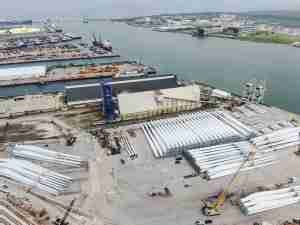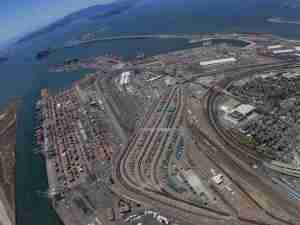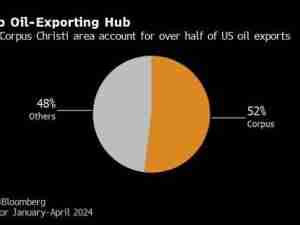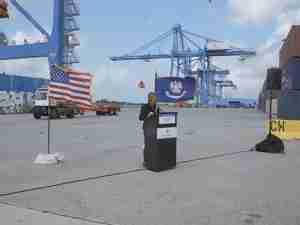The cover, which is expected to be fully operational in April 2012 -- the start of the next Brazilian cane season -- should boost the flow of sugar through Cosan's terminal by allowing it to load in rainy weather.
"We lose on average 95 days every year due to rains in Santos. We'll gain something close to 40 percent of capacity at the covered berth," CEO Marcos Lutz told Reuters on the sidelines of an event.
The project spent months waiting for government clearance.
This will be the first covered sugar terminal in Brazil, which provides about 80 percent of the world's sugar at the peak of its harvest from July through September. Santos accounts for around 70 percent of the country's sugar exports.
In rainy years, such as 2010, operations at the port are severely affected since vessel loading must be halted at the slightest shower due to the risk of damaging the sugar. Light rains are very common in Santos.
The shield covering Rumo's Terminal Sul will be large enough for Panamax and Capesize ships which can take up to 120,000 tonnes of sugar. Rumo is Cosan's logistics arm.
The investment to cover the terminal is estimated at around 60 million reais ($32 million). Rumo's two terminals in Santos are expected to ship around 9 million tonnes of sugar in 2011/12 (April-March).
Rumo said earlier this year it was also expanding its loading capacity at the port, to 18 million tonnes by 2013 from around 11 million tonnes. Capacity could grow to 25 million tonnes by 2016 in a second phase.
The company is also covering its second terminal in Santos with a tent-like canopy that covers bulk carriers' holds individually, enabling the loading spout to move around inside the hold as the tarpaulin reels in or extends.
The equipment is expected to be installed in November, when sugar shipments will have passed their annual peak. The terminal must be inactive for about 20 days for the installation.
"We should have it operating in December, possibly in an experimental mode," Rumo's President Julio Fontana said. (Reuters)











